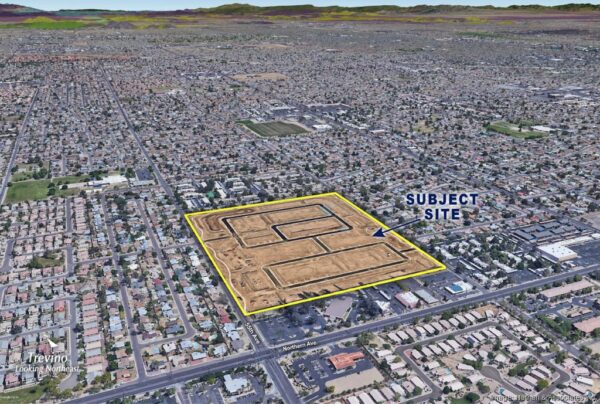Dropping levels at Lake Powell are forcing a reduction in outflows from the Glen Canyon Dam/BuRec photo from August 2021. The white on the sandstone reflects where the water level once was.
Continued declines in runoff into the Colorado River are forcing federal officials to alter releases from Glen Canyon Dam and leading to a year-long closure of the Dangling Rope Marina at Lake Powell in Glen Canyon National Recreation Area.
In a bid to keep the hydroelectric generating plant in the dam operational, the U.S. Bureau of Reclamation has adjusted the monthly releases from Lake Powell to hold back 350,000 acre-feet of water each month from January to April when inflows to the reservoir are low.
The same amount of water will be sent downstream to Lake Mead between June and September after spring runoff, the agency said.
“Under the Drought Response Operations Agreement, making these monthly operational adjustments at Glen Canyon Dam is essential to protect Lake Powell from dropping to critically low elevation levels in the weeks and months ahead,” said BuRec’s Upper Colorado Basin Regional director, Wayne Pullan. “Although the basin had substantial snowstorms in December, we don’t know what lies ahead and must do all we can now to protect Lake Powell’s elevation.”
The modified release pattern was put into action after BuRec staff met with basin partners including the basin states, tribes, federal agencies, non-governmental organizations and water managers to discuss the purpose and need to shift the delivery schedule of water.
According to a BuRec release, the 2022 water year got off to a promising start in the Colorado River Basin with a wetter-than-normal October, but it was followed by the second-driest November on record that resulted in a loss of 1.5 million acre-feet of inflow for Lake Powell compared to the previous month’s projections. December projections showed the reservoir dropping below the target elevation of 3,525 feet as early as February 2022, the agency said. As defined in the Drought Response Operations Agreement, the target elevation provides a sufficient buffer to allow for response actions to prevent Lake Powell from dropping below the minimum power pool elevation of 3,490 feet, the lowest elevation that Glen Canyon Dam can generate hydropower.












